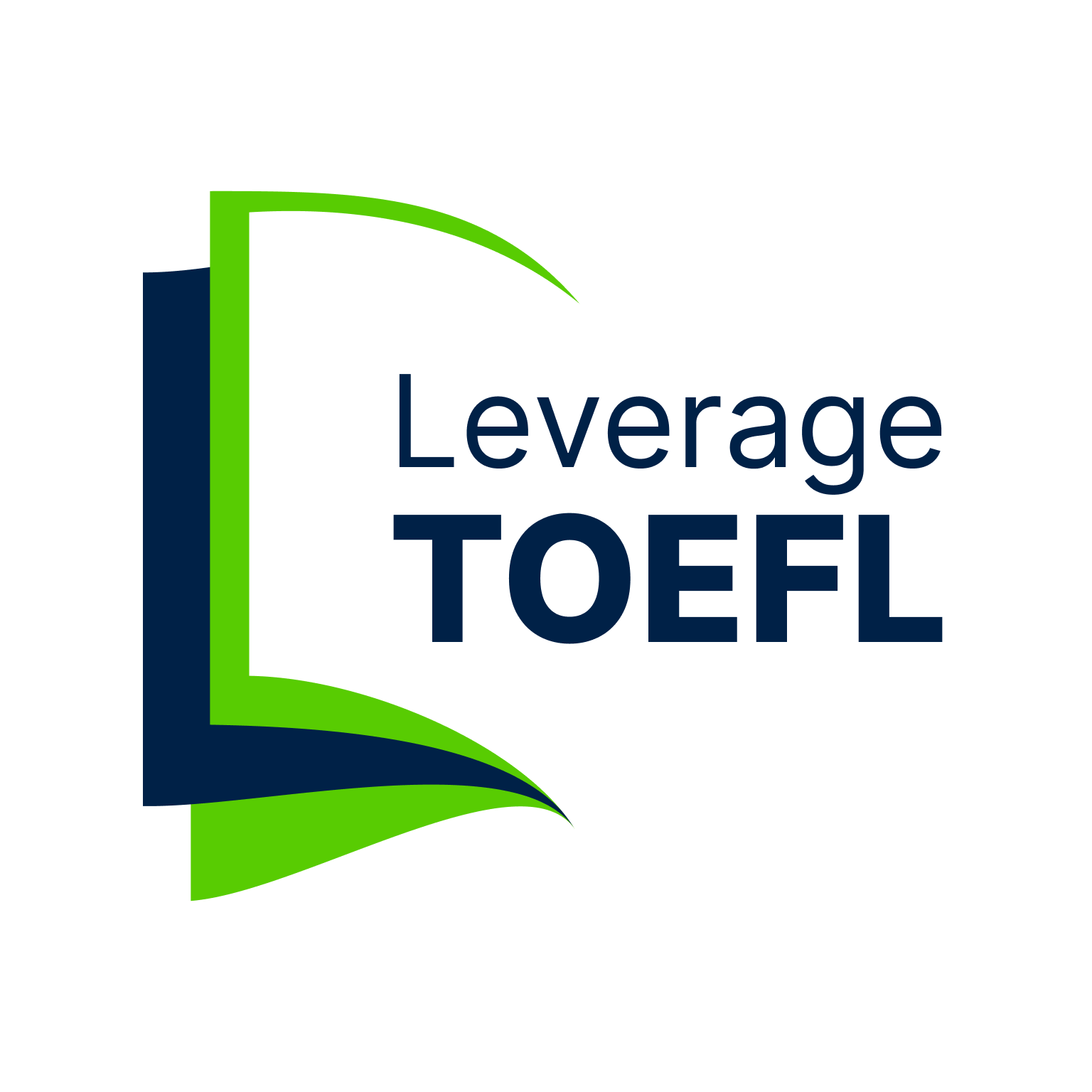Many of us like to play with numbers whereas others feel stuck amidst quantitative confusion. Similarly, moving on to the secondary and then senior secondary stage, the curriculum and syllabus of Mathematics go more towards an advanced level. It aims to establish a firm foundation of quantitative concepts that are further progressed in the next grades. Also, mathematics as a subject is compulsory in a majority of popular courses like Bcom (Hons), Engineering, BSc Statistics, BSc/BA Mathematics, etc. and this is why it becomes important to strengthen your basics at the grass-root level. Through this blog, we will be elucidating the class 9 maths syllabus as well as its central concepts and elements.
This Blog Includes:
Course Structure
| I Term Units | Topics | Marks |
|---|---|---|
| I | Number System | 17 |
| II | Algebra | 25 |
| III | Geometry | 37 |
| IV | Co-ordinate Geometry | 6 |
| V | Mensuration | 5 |
| Total | 90 | |
| II Term Units | Topics | Marks |
| II | Algebra | 16 |
| III | Geometry | 38 |
| V | Mensuration | 18 |
| VI | Statistics | 10 |
| VII | Probability | 8 |
| Total | 90 |
Unit I: Number System
The first unit of the class 9 maths syllabus strives to provide detailed knowledge about-
- Representation of natural numbers, rational numbers, integers, non-terminating recurring decimals, etc.
- Representation of non-rational (irrational) and rational numbers on the number line, points on the number line represent a unique real number etc.
- Definition of nth root of a real number
- Rationalization of real numbers of the type, etc.
Unit II: Algebra
Algebra forms the basic foundation of varied advanced mathematical concepts like calculus, integration, etc. Meanwhile, in the class 9 maths syllabus, the pivotal topics include:
- Polynomials: Examples, types and definitions of various types of polynomials with one variable, degree of a polynomial, zeros of polynomial, algebraic identities and expressions, remainder theorem, quadratic and cubic polynomial etc
- Linear Equations: Explanation of linear equation in two variables, plotting a line on the graph, the graph on linear equations in two variables along with an algebraic solution etc
Unit III: Coordinate Geometry
Included as a core part of the quant syllabus of many competitive syllabi, Coordinate Geometry forms a blend between algebra and geometry. The cartesian plane, plotting points on a plane, terms associated with coordinate geometry, coordinates of a point etc are some of the major topics under this unit of the class 9 maths syllabus.
Unit IV: Geometry
As a foundational component of varied quantitative topics, Geometry elucidates the following pointers:
- Introduction to Euclid’s Geometry: Five Postulates of Euclid’s, the relationship between axiom and theorem, Euclid’s method of formalizing observed phenomenon into mathematics etc.
- Lines and Angles: Prove that two lines intersect, vertically opposite angles are equal, the total sum of angles of a triangle is 180°, concepts of parallel lines etc.
- Triangles: Congruency of triangles, angles sum properties like SSS, SAS, ASA, angles opposite to equal sides are equal etc.
- Quadrilaterals: Parallel sides of a parallelogram are equal, division of parallelogram into two congruent triangles, diagonals of a parallelogram bisect each other and conversely etc.
- Area: Triangles on the same base and between the same parallels are equal in area, and parallelograms on the same base between the same parallel lines have equal area are the important topics of the class 9 maths syllabus.
- Circles: Definitions of the circles and concept of radius, chord, sector, segment, arc etc, there is one and only one circle passing through three non-collinear given points, angles in the same segment of the circle are equal etc.
- Constructions: Construction of a triangle is given base, construction of a triangle on a given perimeter and base angles, a difference of two sides and one base angle etc.
Unit V: Mensuration
Focusing on the calculations of geometric shapes and their areas and other measurement matrics, Mensuration aims to elaborate upon the below-given topics of the class 9 maths syllabus:
- Area: Calculating the area of a triangle using Heron’s Formulae along with its applications etc
- Surface Areas and Volumes: Evaluating the volume, and surface area of spheres, cubes, cuboids, circular cylinders etc.
Unit VI: Statistics and Probability
Another incremental concept in the Class 9 Maths syllabus encompasses the analysis of numerical data which further assists in assessing the accuracy of an argument supported by some information or data. Here are some essentials topics of this unit of mathematics:
- Statistics: Presentation of data- tabular form, bar graphs, histograms, frequency polygons etc., mean, median and mode etc
- Probability: Empirical probability, experiments to be taken from real-life situations etc.
CBSE Class 9 Maths Syllabus 2020-21 Deleted
The portions that have been eliminated for the academic year 2020-2021 are-
| Chapters | Topics |
| Real Numbers | -Explaining that every real number is represented by a unique point on the number line and its converse -Representation of non-terminating/ terminating recurring decimals on the number line through successive magnification. -Defining the nth root of a real number |
| Polynomials | -Statement and proof of the Factor Theorem: x3+y3+z3+3xyz -Motivate and State the Remainder Theorem with examples. |
| Linear Equations in Two Variables | Examples and problems on Ratio and Proportion |
| Introduction to Euclid’s Geometry | Deleted |
| Triangles | -Proof of the theorem “Two triangles are congruent if any two angles and the included side of one triangle is equal to any”- Deleted – The relation between ‘angle and facing side’ and the complete inequalities in triangles -Two angles and the included side of the other triangle (ASA Congruence) |
| Area | Chapter Deleted |
| Circles | -If a line segment joining two points subtends an equal angle at two other points lying on the same side of the line containing the segment, the four points lie on a circle. -There is one and only one circle passing through three given non-collinear points. |
| Constructions | Construction of a triangle of given base angles and perimeter. |
| Area | Application of Heron’s Formula in finding the area of a quadrilateral |
| Statistics | -Frequency polygons -Histograms (with different base lengths) -Mean, Median and Mode of ungrouped data |
Related Read: GMAT Probability Questions
CBSE Class 9 Maths: Prescribed Books
- Mathematics – Textbook for class IX – NCERT Publication
- Guidelines for Mathematics Laboratory in Schools, class IX – CBSE Publication
- Laboratory Manual – Mathematics, secondary stage – NCERT Publication
- Mathematics exemplar problems for class IX, NCERT publication.
Maths Class 9 Syllabus PDF
Don’t Forget to Check Out Our Exclusive CBSE Guides on Class 9 & 10:
FAQs
Math in Class 9 is not difficult if students practice frequently. Students should comprehend the fundamental concepts presented so that they can later understand the concepts of Class 10 math. Students must study hard in order to achieve good grades in Class 9 math.
Many students in mathematics class 9 struggle because algebra, number systems, and geometry are more complicated than in earlier classes. There are numerous math formulas for class 9 that must be remembered, particularly in algebra and trigonometry.
The NCERT 9th standard Maths syllabus contains a total of 6 units. Each unit consists of some chapters further which all have some topics of The units and subjects of the NCERT class 9 Maths syllabus are listed in the table below.
Thus, we hope that this valuable blog has helped you in getting an insightful analysis of the class 9 maths syllabus. If you are sceptical about which stream to choose after class 10th, reach out to our experts at Leverage Edu and we will guide you in sorting out your interests and preferences and finding the right stream of study which aligns with your aspirations and assists you in progressing towards your dream career.

 One app for all your study abroad needs
One app for all your study abroad needs





















 45,000+ students realised their study abroad dream with us. Take the first step today.
45,000+ students realised their study abroad dream with us. Take the first step today.

